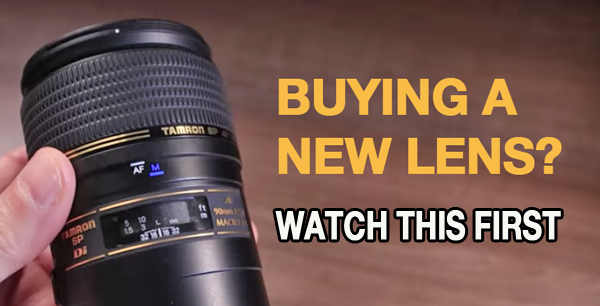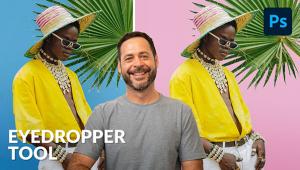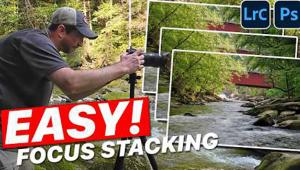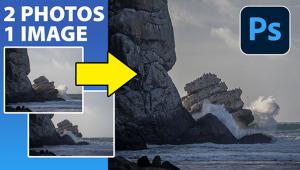DON’T Buy a New Lens Before Watching This Video

So you have a bit extra cash to spend on photo gear, and you’re about to go shopping. Before you do we want to remind you of something we’ve stressed in the past; namely, it often makes far more sense to upgrade your optics than it does to invest in a new camera.
Lens characteristics, after all, are the ultimate determinant of image quality. If that doesn’t make sense, try making a few shots with your best lens on a low-end camera. Then shoot a couple more with a cheap kit lens on the best camera you own and compare the results. As you’ll see, a great lens always wins.
Hence, we’re presenting the following tutorial from Canadian pro Simon d’Entremont who shoots everything from wildlife and macro to expansive vistas of landscape scenes. In other words, he owns a ton of glass and is the perfect source to help you make an informed choice when purchasing a new lens.

Focal length is obviously a primary consideration, depending upon the type of subjects you shoot and the lenses you also ready own. Likewise, choosing the proper lens mount is a no-brainer unless you shoot with both crop sensor and full-frame cameras. And the degree to which crop factor affects the focal length you choose also factors in the equation.
The above basics notwithstanding, there are other important variables deserving of attention, and that’s what this enlightening episode is about. Simon discusses everything you need to know about different types of lenses, how they work, the different techniques they require, and any tradeoffs to be aware off.
If you’re uncertain about what the nomenclature on a lens means, Simon has you covered. He also discusses the distinction between prime lenses and zooms, and the pros and cons of each. Maximum aperture (i.e., fast vs. slow lenses) is another key topic—especially if you often shoot in low light. And lens characteristics like flare and bokeh are worthy of some thought.

You’ll also see what to expect with lenses from various manufacturers, and why the most expensive choice may not be your best option. Another important criterion is the resolution of your camera’s sensor. That’s because hi-res cameras enable you to do more cropping, and thereby “move in tighter” with a less powerful lens,
There’s much more to learn in this episode so watch until the end. Then head over to Simon’s YouTube channel for more great advice on a wide variety of topics.
And don’t miss an earlier tutorial we posted on a related subject, explaining the best way to use wide-angle lenses for epic landscape photos.

















































